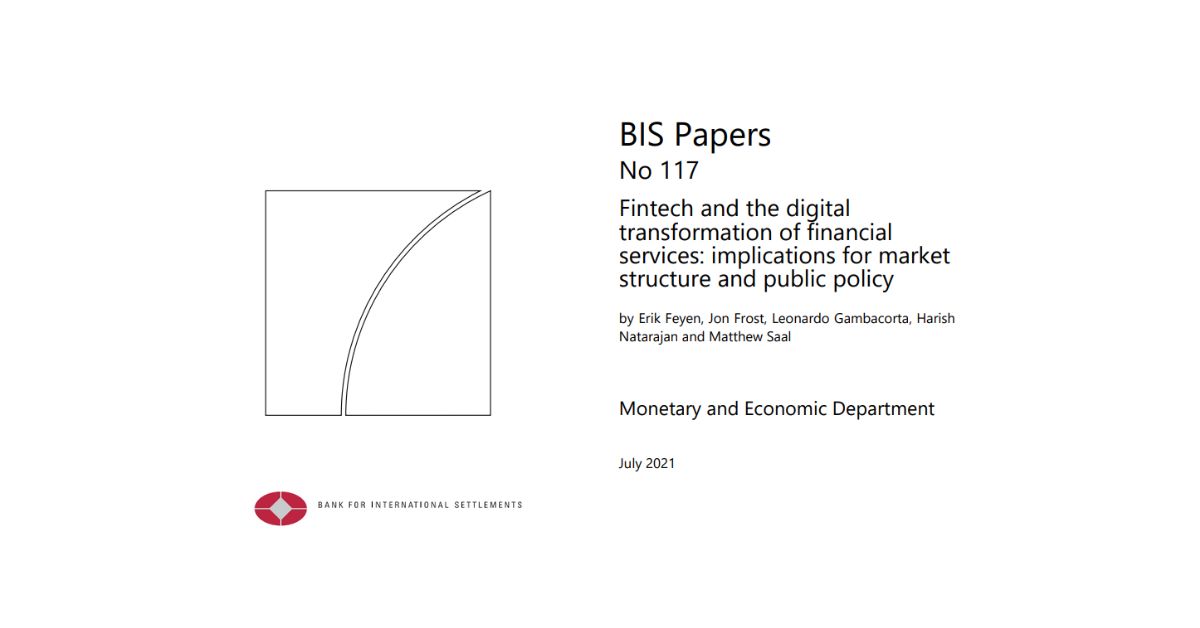Fintech and the Digital Transformation of Financial Services
This e-book explores the profound impact of digital technologies on the financial industry. From reshaping payments and lending to influencing insurance and wealth management, the digital revolution is both transformative and complex. The book analyses market structure implications, regulatory challenges, and the delicate balance between fostering competition and managing risks. Whether you’re a policymaker, industry professional, or curious reader, this e-book provides insights into the evolving landscape of finance.

Fintech and the Digital Transformation of Financial Services
Finance is currently undergoing a profound transformation, driven by digital technologies. These innovations are reshaping various aspects of financial services, including payments, lending, insurance, and wealth management. The global COVID-19 pandemic has further accelerated this process.
As financial services become more digitized, there is a risk of increased concentration in markets. Large technology companies and fintech firms may dominate certain segments, potentially limiting competition. Moreover, the concentration of data and network effects could lead to market power that affects both end-users and financial institutions.
This e-book explores the underlying economics of financial services and their industrial organization. Drawing on recent empirical evidence, it examines the implications of digital innovation for market structure. Key policy issues emerge:
Competition: How can regulators strike a balance between fostering competition and preventing monopolistic practices?
Regulatory Perimeters: What boundaries should be set to ensure fair play and protect consumers?
Inclusion: Can digital transformation broaden financial inclusion while managing risks?
Feel free to explore the e-book further to understand the complex nature of digital finance and its impact on our economic landscape!
Some Chapters From The Book
- The cloud native and DevOps connection
- The monolithic architecture had its time and place
- Benefits — and challenges — of a cloud native architecture
- The need for cloud native observability
